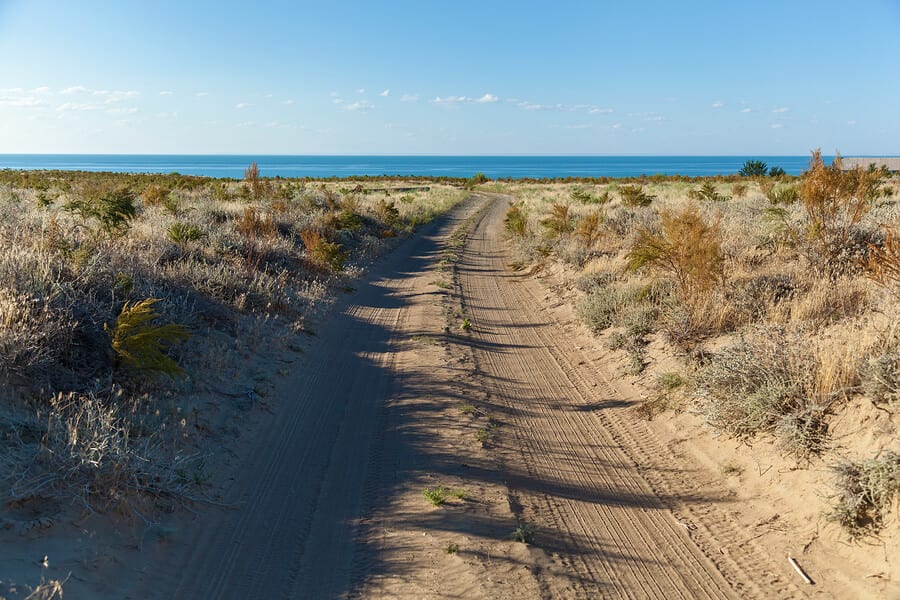A common belief in the oil and gas industry is that pipeline erosion control and site stabilization are only necessary when working in shallow waters, riverbanks, wetlands, or angled surfaces like hillsides. However, erosion can occur practically anywhere, including places where you’d least expect it.
A perfect example of this is desert regions, which are very susceptible to erosion. Deserts are not prone to erosion caused by running water but are instead at risk of Aeolian or wind erosion. Companies must consider taking pipeline erosion control and site stabilization measures to prevent erosion in unexpected places.
Why Erosion Occurs in a Desert
Desert erosion occurs because of the wind, which picks up and deposits loose particles in new locations. Because there is not much vegetation in the desert, nothing is keeping these particles secure. In fact, deserts meet the three criteria needed for Aeolian erosion:
1. Vegetation cover that is sparse or nonexistent
2. Strong winds
3. Fine sediments, such as sand, clay, or silt
Sand dunes, for example, are a direct result of Aeolian processes. If you buried a desert pipeline, Aeolian erosion could leave it exposed and vulnerable. If you have a line that’s above-ground, it could become buried underneath dunes, making it hard to locate and maintain.
Protecting Your Desert Pipeline
Whether your pipeline is above or below ground, one of the best solutions to help protect it is with Submar mats. Submar designed these articulating concrete revetment mats for any environment, including the desert. The mats are a long-term solution built to be durable and withstand harsh elements, including the sun and the wind.
You can use Submar mats as a protective cover on your pipeline. Thanks to their unique design, they can allow a plant’s roots to take hold, making them a compelling option for long-term vegetative growth and erosion control.


